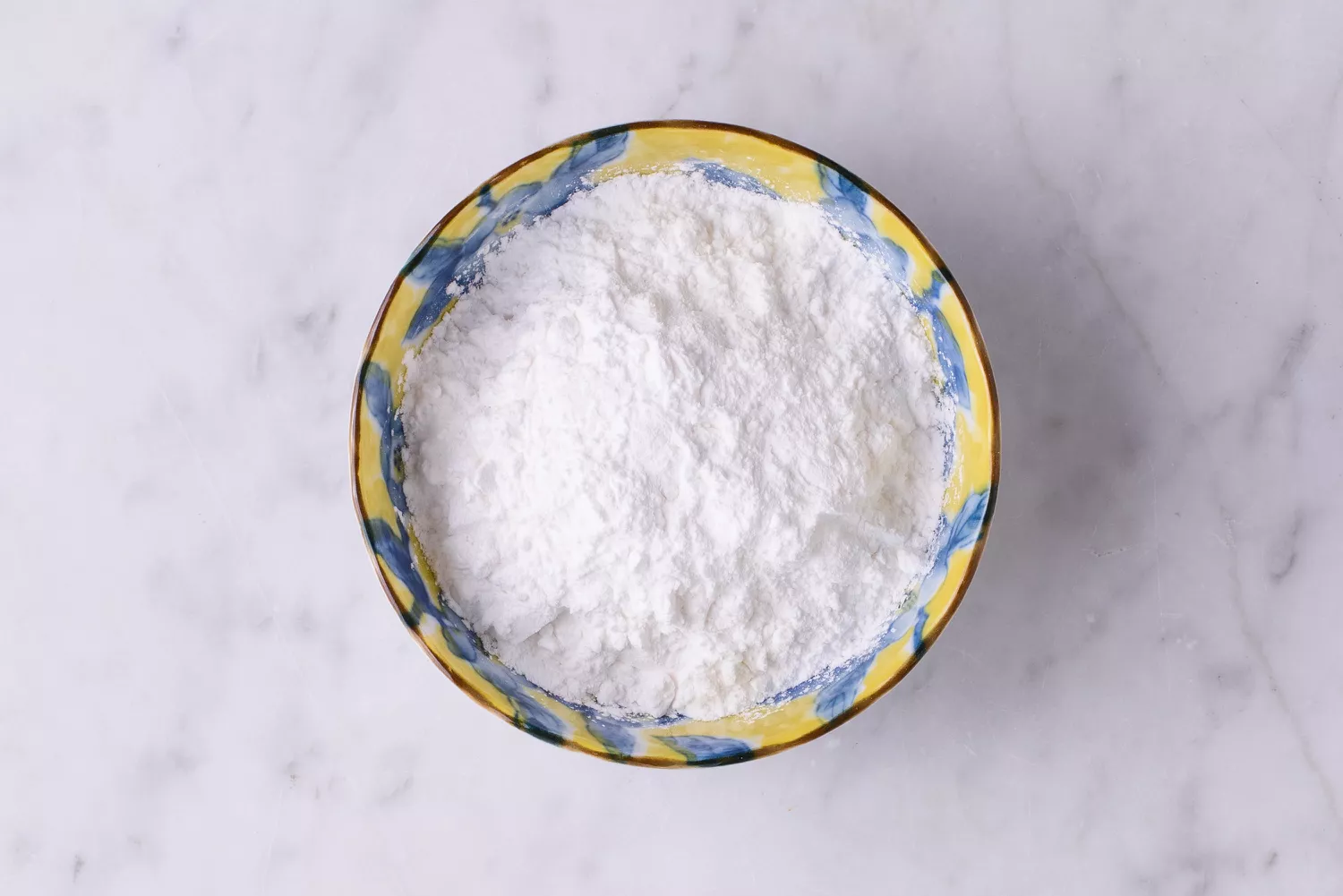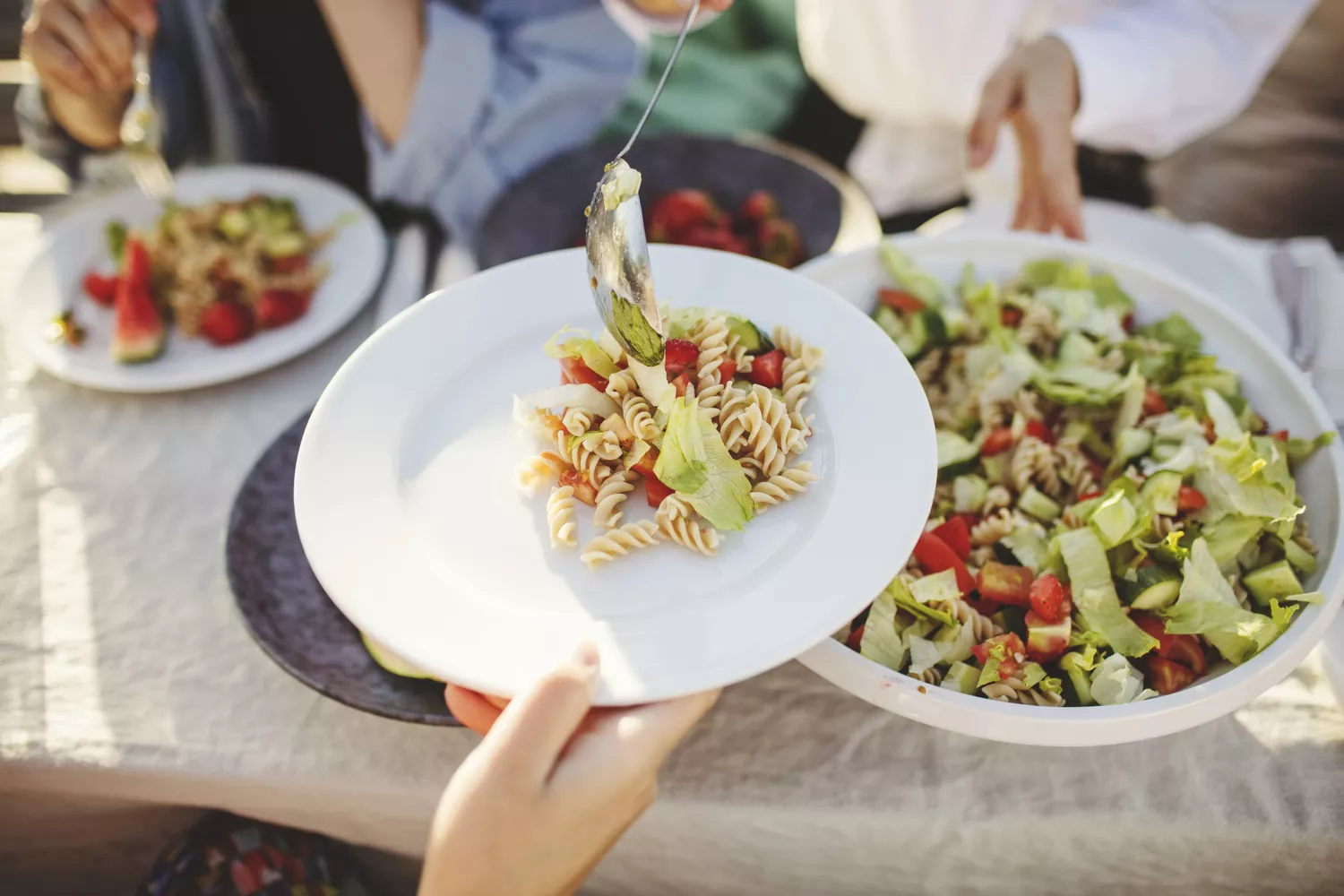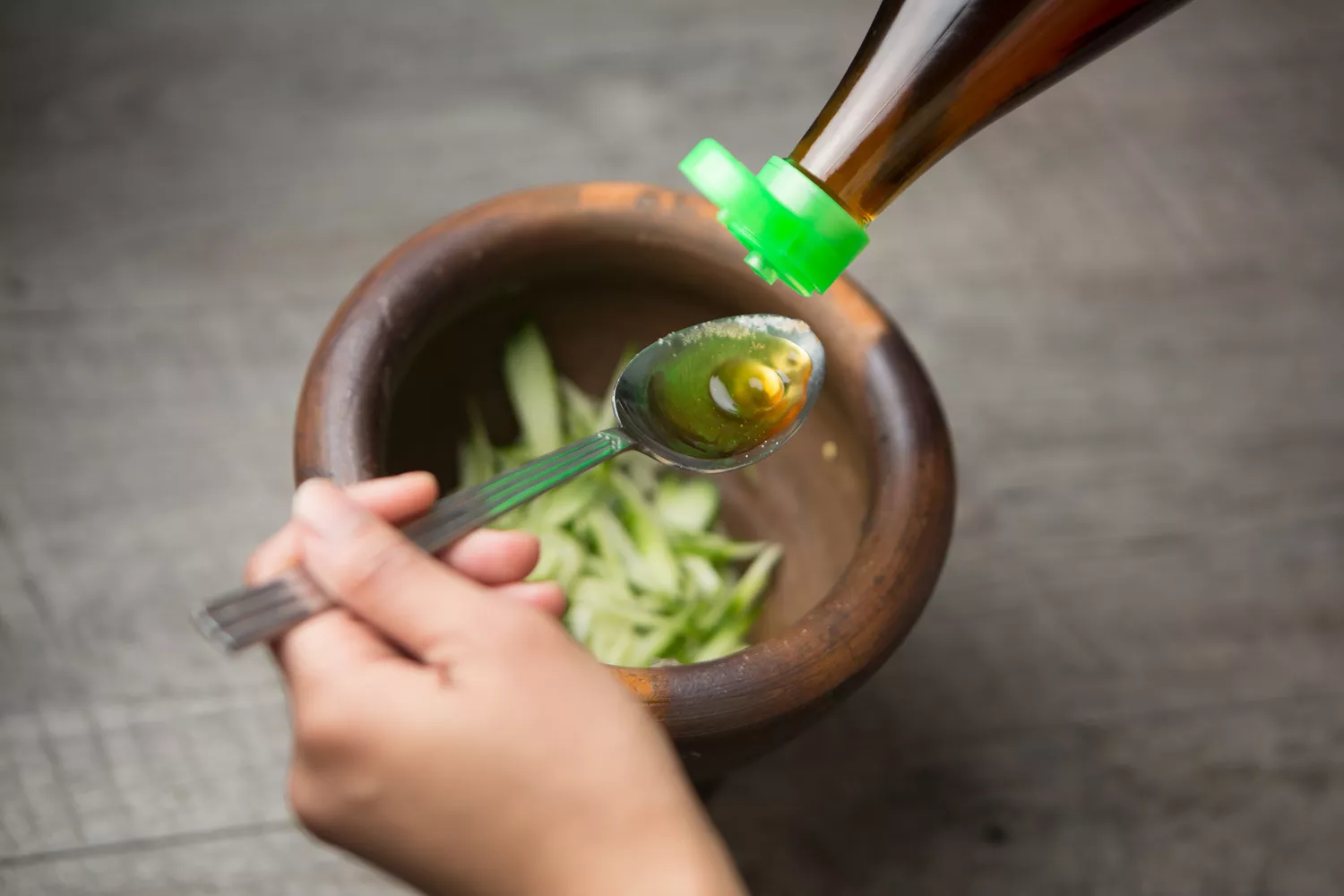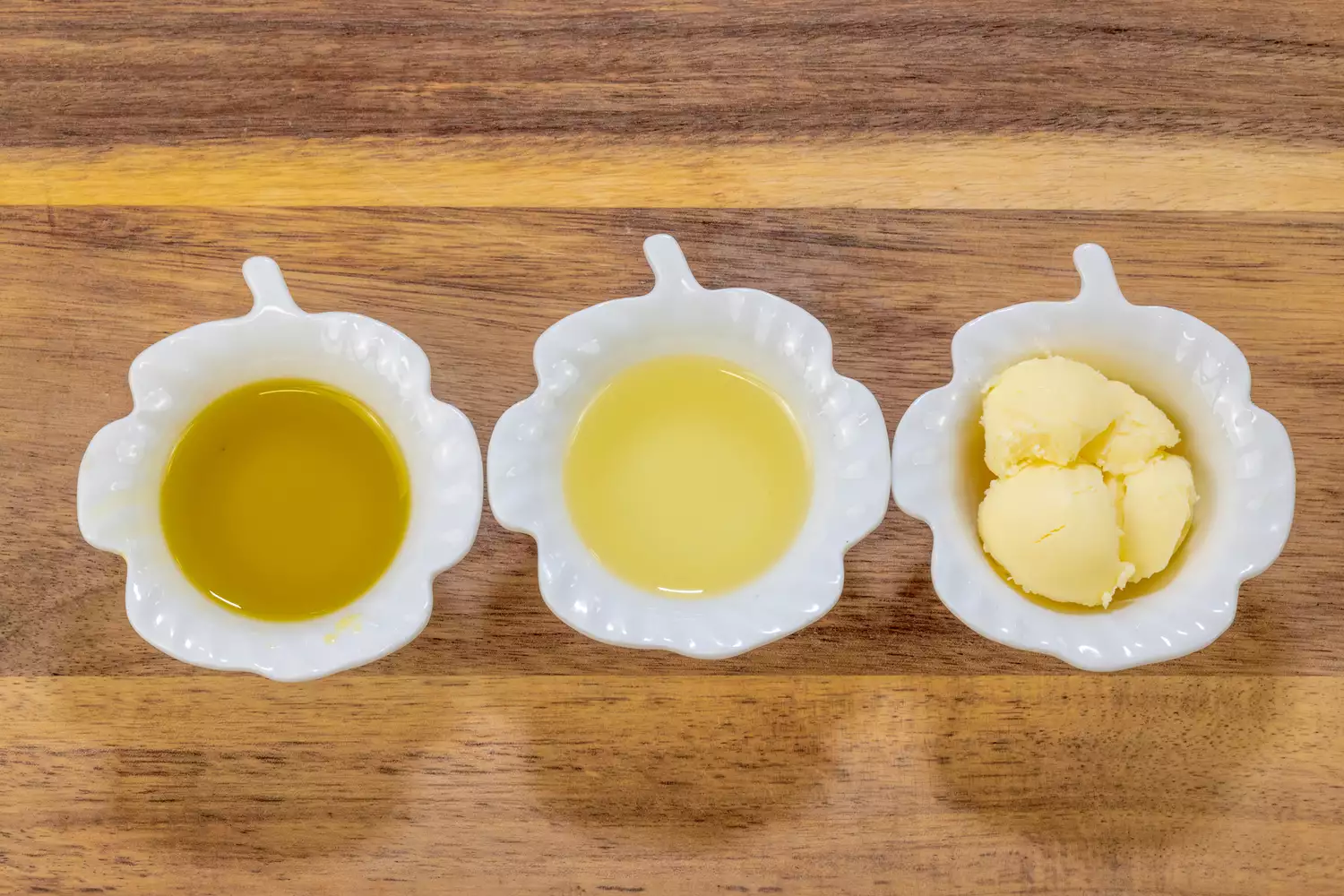Flour is typically utilized as a thickener or a layer in dishes. If you get on a gluten-free diet regimen because of celiac condition or non-celiac gluten level of sensitivity, you may be looking for a flour option.
Pure cornstarch is a preferred gluten-free1 flour alternative (it’s made from corn), however some brands are ruled out gluten-free cornstarch. Right here’s a guide to using cornstarch instead of flour in recipes.
Substitute Cornstarch for Flour
It’s simple to substitute cornstarch for flour when your dish calls for a thickener (as in gravy, sauce, or pie) or a finish for fried foods. Whether you do not have flour available or are searching for gluten-free options, cornstarch has a similar effect in these food preparation applications. Nevertheless, you should be aware that you can not utilize cornstarch as a replacement for flour in baked products.

Thickening for Sauce, Sauces, or Pie Fillings
Corn starch works incredibly well as a thickener in sauces, sauce, and pie dental fillings, and some choose it to flour.2 You won’t have the ability to taste corn starch the method you in some cases can taste flour. Know that these foods will be much more transparent. This takes place because corn starch is pure starch, while flour contains some healthy protein.
Corn starch is not a 1:1 substitute for flour. Usually speaking, you must utilize 1 tablespoon of cornstarch for each 1 1/2 to 2 mugs of sauce/gravy of medium thickness.3.
Some points to remember when utilizing corn starch as a thickener in recipes:.
Bring the combination to a complete boil for 1 min, which permits the starch granules to swell to their maximum. Lower warm as it enlarges. Overcooking can cause mixes to thin when they cool.
Cook over medium-low to medium warmth, because high heat can create lumping.
Mix delicately while food preparation, as mixing intensely can damage down your blend. If you require much more components, remove the pot from the warmth and stir them rapidly and carefully.
You might wish to avoid freezing any sauces or gravy you make with cornstarch given that it won’t freeze well.4.
Cornstarch vs. Flour.
Usage half as much cornstarch as you would flour. For example, if the dish calls for 2 tablespoons of flour, usage 1 tbsp of cornstarch. If the dish calls for 1/4 cup of flour, usage 1/8 cup of cornstarch. (The same holds true for other starches, such as arrowroot starch, potato starch, and pudding.) 5.
Do not include the corn starch directly– it will glob up and create lumps in your sauce that will be hard to liquify. To prevent this problem, mix the cornstarch with a little cool water (1 tablespoon water to 1 tablespoon corn starch) until it’s liquified. Then pour the water/starch mixture (known as a slurry) right into what you’re cooking. Make sure the water is chilly, and keep stirring as the blend starts to thicken.6.
Cornstarch isn’t as effective as flour when thickening acidic sauces. It will not function well with those made with tomatoes, vinegar, or lemon juice. Corn starch likewise isn’t as efficient as flour when thickening sauces made with fat, such as butter or egg yolks.7.
If you have insufficient liquid in your combination, there might not be enough for the starch granules to take in. This is also the case when you have more sugar than liquid, in which case you might need to include more liquid for the combination to be firmer.
Corn Starch for Fried Dishes.
You can use corn starch as opposed to flour as a covering for fried chicken, deep-fried fish, or various other deep-fried meals. Cornstarch will create a crisper layer that will certainly hold up to sauces much better and will certainly take in much less of the frying oil (resulting in a lower-fat meal).
Below are some ideas for frying with cornstarch rather than flour:.
Take into consideration a 50/50-blend of cornstarch and gluten-free flour for a covering more detailed to wheat flour-breaded deep-fried poultry.8.
Make sure you have a light, also layer of cornstarch on the food you’re frying. Heavier layers can obtain gummy.
A Word From Verywell.
When cooking gluten-free, you may have the ability to remain to delight in several of your favorite sauces by finding out just how to utilize corn starch and other gluten-free thickeners instead of flour. While understanding the art of substitutions can take some experimentation, it can also motivate imagination in the kitchen, leading you to likewise whip up new developments of your really own.


